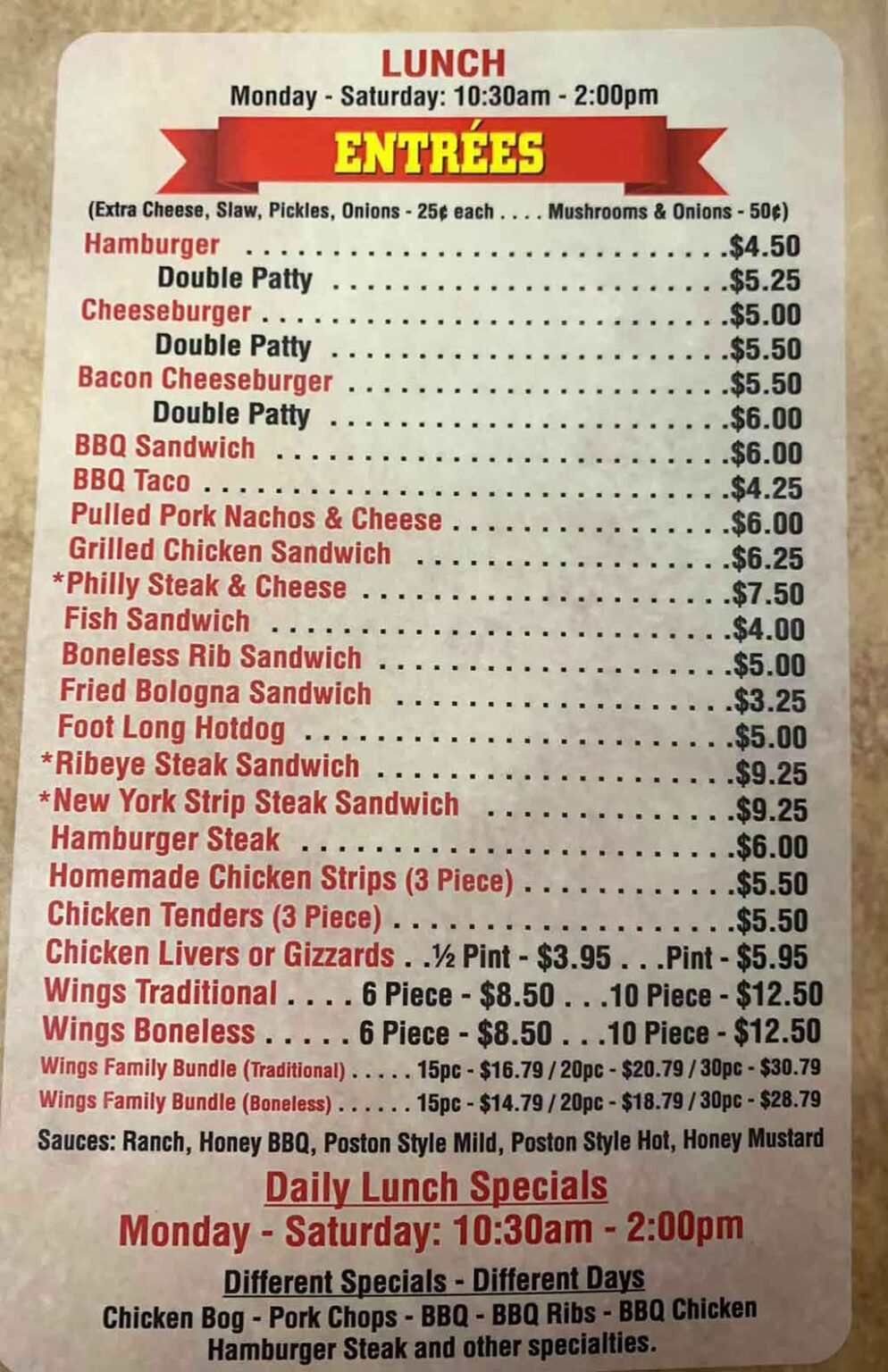
Try searching the location of your current research project. At the upper left corner, a menu box appears, titled ‘Untitled Map’.īy clicking on the title you can rename as ‘My test map’ or a title.Click on the question mark at bottom right and click Take a Tour for an introduction to how.

(follow the basic instructions to create an account if necessary)
Log in to your Google Account if you aren’t already logged in. Points, lines, and polygons as KML files and open them in Google Earth Maps are saved by Google (in their cloud), meaning you can access themįrom any computer with an internet connection. It is then possible to mark numerous locationsĪnd explore how they relate to each other geographically. In historical documents, journal articles or books, you can search for Ways to begin plotting your historical data on a map, but it also has This automates a formerlyĬomplex task known as geocoding. Longitudes and latitudes or place names). Spreadsheet, if you have columns with geographical information (i.e. It is also possible to import data from a (including the standard satellite, terrain, or standard maps) and add In My Maps you can choose between several different base maps With a Google Account you can create and edit personal I’m always interested in beaches.Īs you can see, all the data’s there, and it’s good that it’s private, because while we don’t realize how much of a life profile we’re building with our search activity, there really is a lot of information that can be gleaned through analyzing this data.Google My Maps and Google Earth provide an easy way to start creatingĭigital maps. Don’t remember anything? Just dig through by date…Īpparently, five months ago I was very interested in holiday venues and beaches. You can use Next / Prev buttons at this point to find your older history, or you can actually search your Google search history (which makes sense) for some fragment of information about your friend’s address. Now you’ll see your most recent map queries:Īpparently I’m always interested in finding the closest Starbucks too. Leave the trends area and click on “Maps” on the left side. Okay, I know, back to your Google Maps search. And I had no idea that “coloring pages” was one of my top five queries, or that I click so often on Craigslist Boulder links. This is like a David Letterman top ten list. That’s a lot of search!Ĭlick on “Show more trends” and you’ll get a bit more data: Notice also my total Google searches is 13,437. Interesting that 8am and 10pm are the most common times for me to do searches, but that reflects my life: 8am is immediately after I drop off my children at school, so I’m getting started for the day, while 10pm is… surprise! just after they’ve all gone to bed. You can click on any of those to zero in on the searches you did in that category, but before we leave this spot, let’s have a quick peek at the trends and graphs because they’re kinda cool… 
Most important is to closely examine the column on the left, it will show all the different categories of search that have been logged by the Google system, including the expected (Web, images, news, shopping) and the surprising (ads, books, finance). Now you’re in a whole new world of Google data… Look on the lower right corner for the ‘gear’ icon and click on it: The easiest way to get to Google Search History is to simply start in Google Maps. Which, retrospectively, might be a good thing. Which means that I can’t search to see who is looking on Google Maps to see where my home address is relative to Denver, or similar.

Now before you freak out about privacy issues, all Google search history is only accessible by you and, well, by Google itself. Or a Google Shopping query from two days before your Mom’s birthday? That’s saved too. Wondering about that Google Image Search you did on July 4th, 2013? They have that saved. Turns out that everything you do in the world of Google is saved and that you can definitely go far back in time and dig through what you’ve done in the past, even neatly organized by date and by Google service.







 0 kommentar(er)
0 kommentar(er)
